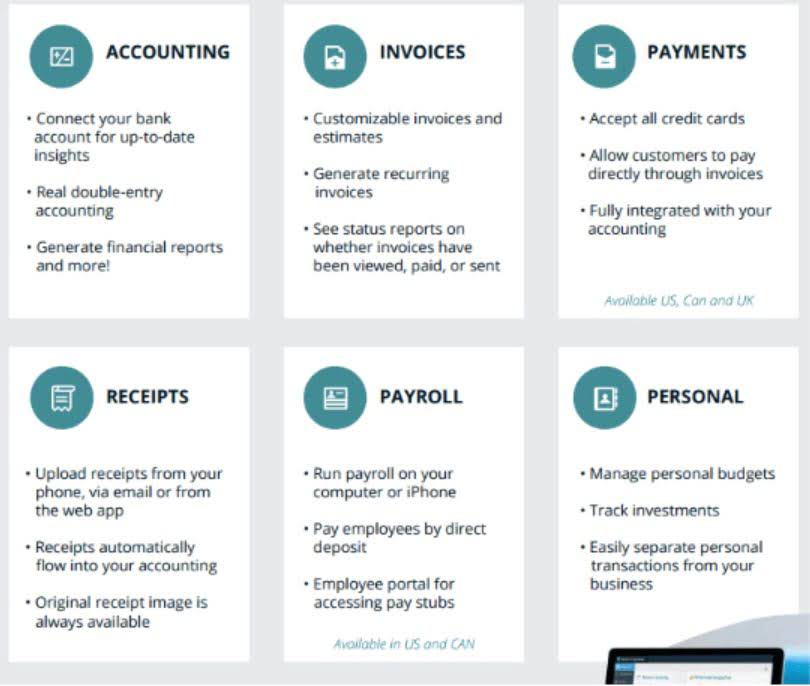
Corporation A, an Article 9-A taxpayer with a calendar tax year that ends on December 31, is a member of a combined group whose designated agent is Corporation B that has a fiscal tax year that ends on June 30. Corporation A has a short period that begins on April 1, 2015 and ends on December 31, 2015. Corporation A’s short period that begins on April 1, 2015 and ends on December 31, 2015, is included in Corporation B’s combined report from July 1, 2015 to June 30, 2016. Generally, a corporation with a fiscal tax year may be included in a combined report with a calendar-year taxpayer. The applicable tax year of the taxpayer to be included in the combined group is the tax year that ends within the tax year of the designated agent for the group.

What are the specific provisions in this law?
- If remote work is optional rather than required, New York may still tax their wages as if they were physically working in the state.
- In order to assist you further with your question, I have prepared a mock tax return with $10,200 of unemployment as a nonresident of New York receiving NYS sourced unemployment.
- However, businesses in financial services, insurance, and utilities may be subject to industry-specific apportionment rules that consider payroll and property as well.
- If you claimed an unemployment compensation exclusion on your federal return, TurboTax automatically calculates the amount of adjustment below.
- For example, we have seen New York follow some other states into the realm of economic nexus, where nexus (i.e. filing responsibilities) could be based solely on sales in a particular state rather than on the old test of physical presence.
If the amount for either line 19 or line 21 is a net loss, enter the negative amount using a minus (-) sign. Forms IT-204.1 and IT-204-CP that were filed previously, for tax years beginning on or after January 1, 2015, must be amended if needed, to reflect this rule. You must provide to all corporate partners any such amended Forms IT-204-CP. You must also complete and provide corrected Forms IT-204-CP to all partners that are partnerships or limited liability companies. You must also provide to all such partners a statement listing, for each of these lines, the amounts by new york income factor asset/investment.
- As is the challenge in all states that have adopted a market-based approach, depending on the taxpayer’s business, significant complexities can obviously arise in determining where the “benefit is received” by the customer.
- You will also see your New York allocation percentage on the screen Let’s Review Your New York Numbers.
- They take all income earned from everywhere for the whole year and they decide what the NY tax would be on that amount.
- Any credit carried forward from a year prior to corporate tax reform may continue to be carried forward and used against the tax imposed in tax years 2015 and after, under the same rules that applied prior to reform.
- Although it owns an apartment in New York City, alien corporation B is not includable in a combined report for the 2017 tax year, because it has no effectively connected income, gain, or loss from a U.S. trade or business for such tax year.
- Remember, when you file with TurboTax, we’ll help determine this information for you.
Click here to see more of the latest news from the NYSSCPA.

You may have received a bill for additional tax due because you did not properly complete the Computation of business apportionment factor section (Part 6, of Form CT-3 and Form CT-3-A, or Part 3 of Form CT-3-S) of your franchise tax return. The Tax Department reconciles and calculates the tax due on all corporate franchise tax returns filed with the Department. If the Tax Department receives a tax return that does not have the Computation of the business apportionment factor properly completed, it will, in certain instances, calculate a business apportionment factor of 100% and adjust the tax due accordingly. It is generally not acceptable to report a zero value, write none, or leave the field blank for the Everywhere Receipts reported on line 55 accounting in the Computation of the business apportionment factor section of your return. A business with no physical presence in New York that regularly or systematically solicits business in New York State by any means and makes taxable sales of tangible personal property to persons in the state is required to register as a sales tax vendor.
FEATURED ARTICLES

If the Tax Department chooses to rebut the presumption, the burden will fall on the Department to demonstrate that the less than 20% owned subsidiary is unitary with the taxpayer. However, the share of filers reporting these gains is relatively stable at around 20% of all returns. After adding over 20,000 millionaires in a historically strong year in 2021, a decline in millionaire counts could be expected.
- To tax an out-of-state business a state must show that nexus exists between it and the business’ income producing activities.
- Enter the percentage of this W-2 income from XXX Inc that should be included in New York State taxable income.
- Yes, because this capital may also generate taxable business income, such as capital gains from the sale of stock in a unitary corporation that is not included in a combined report with the taxpayer.
- The state’s tax system combines a relatively low sales tax rate with an income tax system that leans heavily on high earners.
- Please advise on if I should enter +/- $10,200 and if all other steps I explained here are correct.
- (20 NYCRR sections 4-4.3, 4-4.6.) Other targeted taxpayers—publishers and securities broker/dealers, for example—were subject to special receipts sourcing rules under the old regime.
Corporate Franchise Requirements

Gary Bingel, Partner-in-Charge of the National State and Local Tax Group, with expertise focuses on state and local income taxation, and sales and use tax consulting. He has significant experience serving clients in the manufacturing, retail, pharmaceutical, biotechnology, technology and service industries. A variety of Tax Bulletins and technical guidance on these topics, as well as a sales tax rate and jurisdiction lookup tool, are available at Sales tax administrative information. As previously stated, the due date for submitting comments on the draft regulations to the Tax Department is October 18, 2019, but the Tax Department has indicated on its website that comments submitted after the due date may still be considered. Taxpayers should also be aware that the Tax Department has indicated on its website that these regulations are not to be relied upon until they are finalized.
- Sales or use tax is owed by a New York purchaser on a taxable sale or purchase even if a business doesn’t collect it at the time of sale.
- On June 21, 2018, the United States Supreme Court ruling in South Dakota v. Wayfair (138 S.Ct. 2080 2018) eliminated the prohibition on a state imposing sales tax collection responsibilities on businesses that have no physical presence in that state.
- Audits can be triggered randomly or by red flags such as discrepancies between state and federal returns, high deductions relative to income, or residency concerns.
- Noncorporate entities are not subject to the new $1 million nexus threshold standard.
- High-value residential transactions over $3 million and commercial transactions over $2 million face an additional “mansion tax” of 1% to 3.9%, with the highest rate at $25 million.
- Not only are there major differences in the rules between New York State and New York City, but also between different types of business entities, as well as between product- and service-oriented businesses.
Business capital
These rules ensure you’re using the most accurate tax calculation method for your specific financial situation. Remember, when you file with TurboTax, we’ll help determine this information for you. This guide walks you through everything you need to know about New York’s income taxes, including special situations like city tax, tax brackets, deductions, and filing tips for the 2024 tax year in the Empire State. Factors such Accounting for Technology Companies as your income, filing status, deductions, and credits will affect how much you owe.
